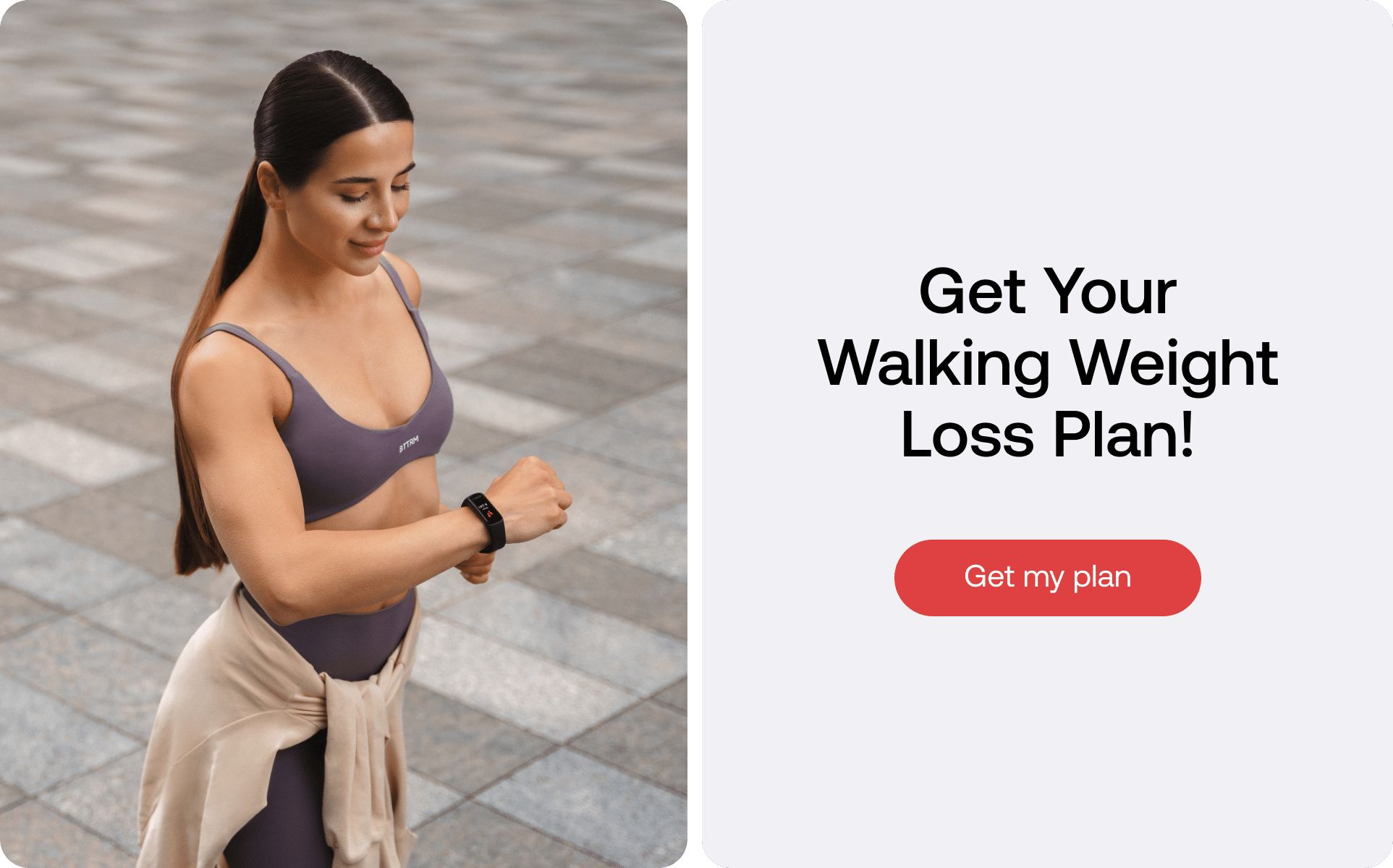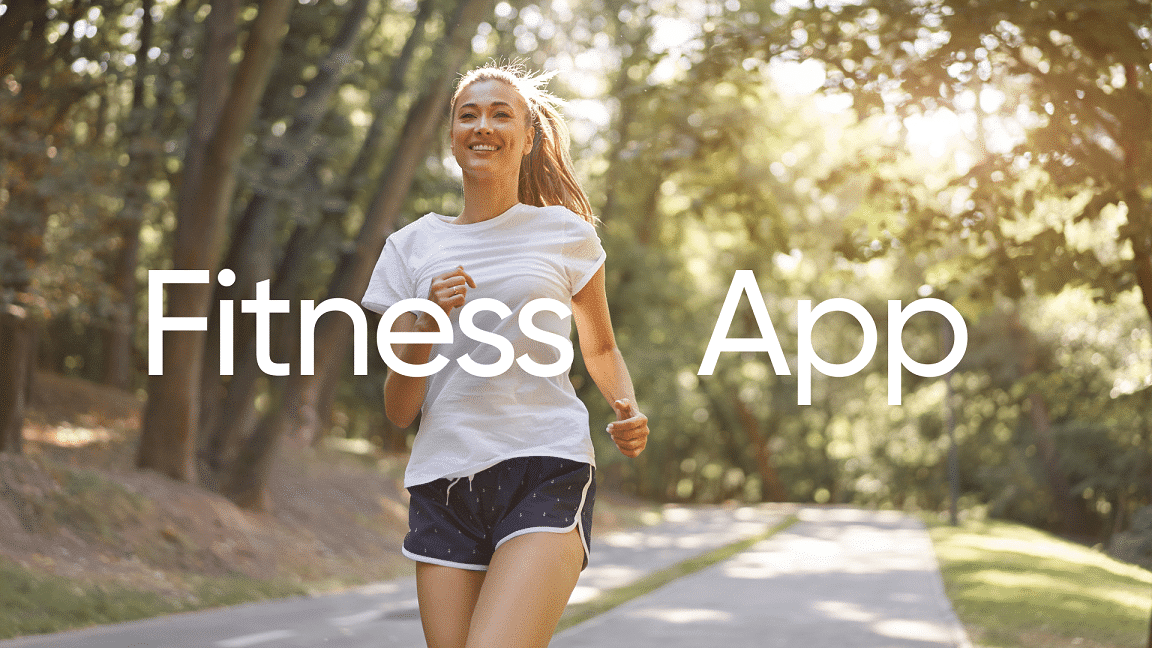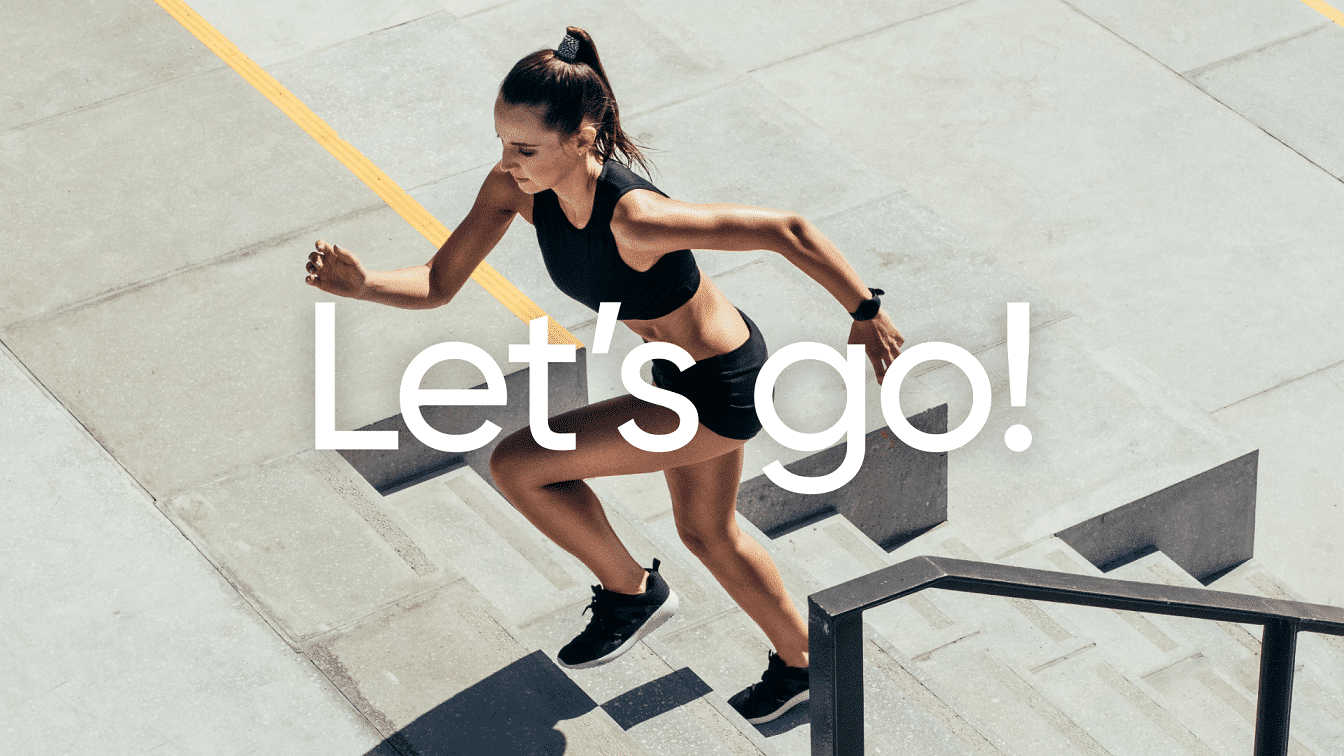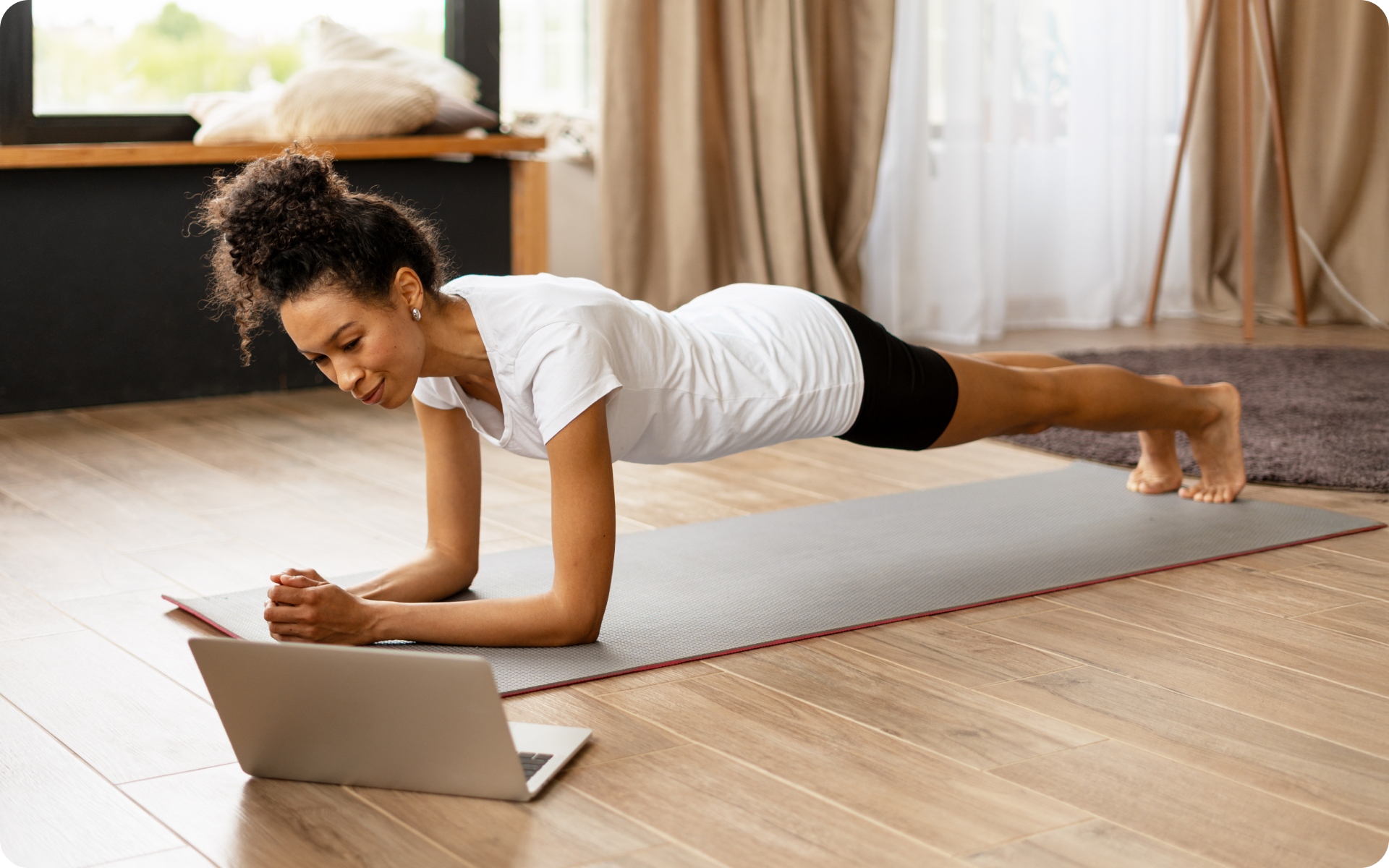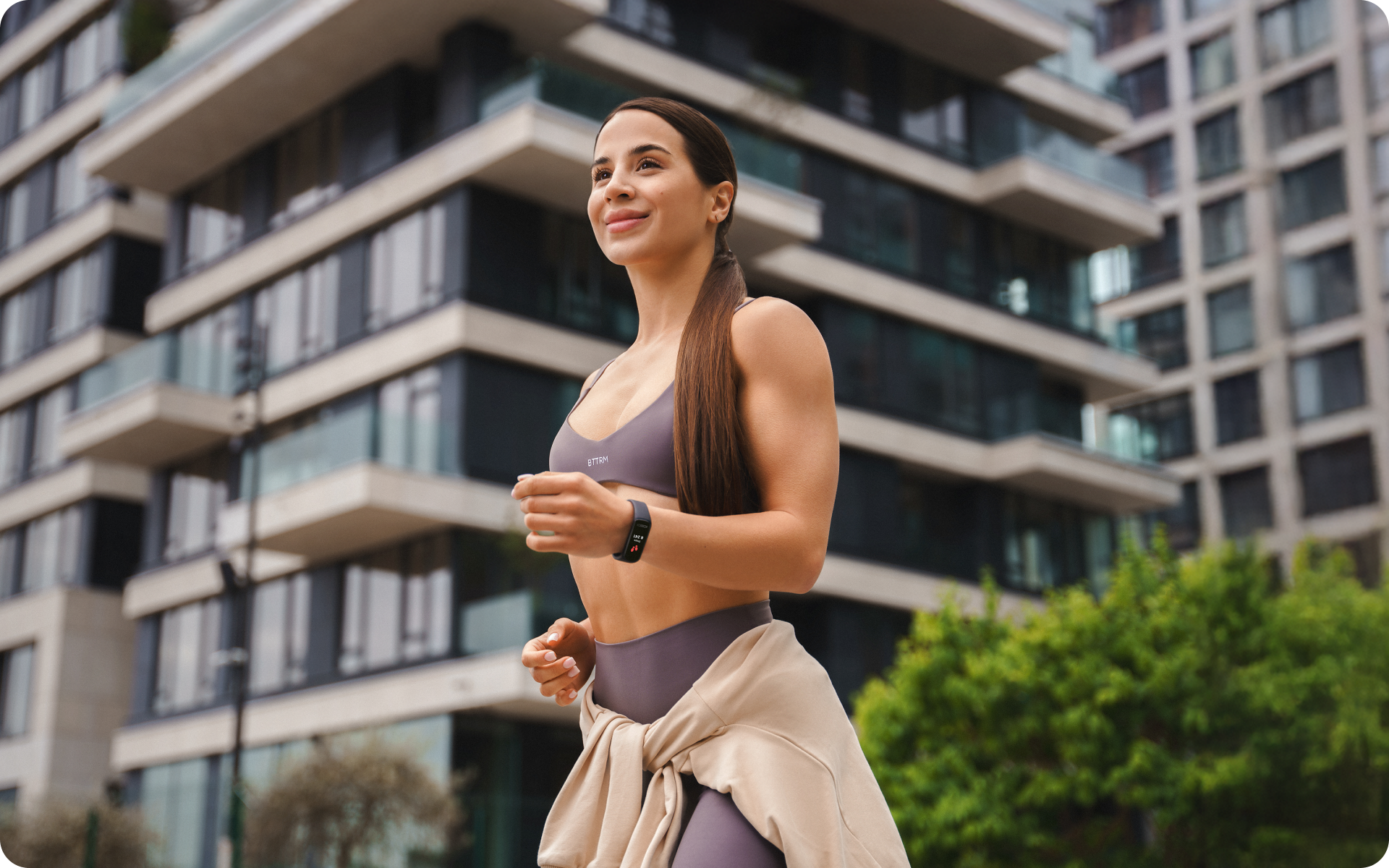Walking is one of the most underrated forms of exercise. Not only is it low-impact and easy on the joints, but it’s also a great way to get your heart pumping and improve your overall cardiovascular health (13). And, of course, it’s free! Power walking amplifies these benefits by adding a bit of intensity. This form of walking is perfect for those who are looking to get their heart rate up without having to run or jog. If you’re new to power walking, you might be wondering where to start. Luckily, there are just a few simple tips that can help you get the most out of this easy and effective exercise. Find out how to power walk the right way with this beginner’s guide.
What Is Considered Power Walking?
Power walking, or speed walking, is a form of exercise that involves moving at a brisk pace while taking short, quick steps. This is different from traditional walking because it requires you to use your arms for momentum, utilizing the same kind of arm motion as running.
Simply put, it’s anything faster than your normal walking speed but slower than jogging. It’s incomplete without the accompanying arm and hip movements that make it unique.
While most people can engage in power walking without any special equipment or preparation, there are a few things you can do to maximize the benefits and make your workout more effective. Read on for some simple tips that will help you become a power walker like a pro!
What Is The Difference Between Power Walking And Race Walking?
Although they may look similar, power walking and race walking are two different activities. Power walking is more of a casual activity that can be done for exercise, while race walking is a competitive sport with specific rules and regulations.
The main difference between the two is that race walkers are required to keep one foot on the ground at all times, while power walkers can lift and swing their arms as they move.
This means that race walking is typically a bit faster than power walking, although both activities are usually considered to be forms of low-impact exercise.
How Do You Power Walk Properly?
There are several elements to a proper power walking technique, including the angle of your arms, the position of your feet, and even how you swing your hips (10).
Arm Positioning
To start, your arms should be bent at 90-degree angles and swinging back and forward in time with each step. If your right foot is stepping forward, your left arm should be swinging forward, and vice versa.
While the arm motion helps “power” your walk, it is important to keep your hands relaxed and your elbows close to your body. This will help prevent injury and maximize the effectiveness of your workout.
Avoid exaggerated arm movements or crossing your arms in front of your body, as this can result in discomfort or injury.
Foot Positioning
Your feet should be kept shoulder-width apart and pointing forward, with each step landing directly in front of the last one. With every step, land on the heel and roll forward onto your midfoot, using your toes to push off the ground.
This keeps you in proper alignment while helping you maintain a brisk pace. To avoid injury, try not to overstride or take long steps that cause your feet to land too far in front of your body (2).
Read More: Should You Eat Before Or After Walking To Lose Weight?
Hip Movement
Your hips should also be swinging in time with your arms and feet, with each step taking you through a full range of motion. Imagine that there’s an invisible plane running from the center of your torso to the back of your head, and try to keep your hips moving across this plane as you walk.
This should help you maintain proper posture throughout your workout, while also engaging your core and improving the effectiveness of your exercise.
Overall Posture
Keep your eyes focused straight ahead and resist the urge to look down at your feet as you walk. Doing this will help you maintain good posture and avoid neck and back pain (9).
It’s also important to allow your shoulders to be down and relaxed, resisting the urge to hunch them up towards your ears. And finally, try to engage your core by drawing your belly button in towards your spine. This will help you walk tall without slouching.
Pace
Use short strides, take quick steps, and keep a brisk pace throughout your workout. This will help you maintain a high level of intensity, resulting in a more effective exercise.
Ideally, you want to aim for a pace that is slightly faster than your normal walking speed. This will give you a more challenging workout.
Want to build an attention-grabbing bubble butt, blast away fat that’s stored in all the wrong places, spring-clean your diet, turn back the clock on your skin, skyrocket your self-confidence and shatter your insecurities? Check out the BetterMe app and set this plan in motion!
Tips For Getting Started With Power Walking
Now that you know the basics of proper power walking techniques, it’s time to put it into practice! Here are a few tips to help you get started:
Warm Up First
As with any type of exercise, it’s important to warm your muscles up before you start power walking. Take a few minutes to walk slowly and gently swing your arms back and forth. This will help prepare your body for the workout ahead (5).
Choose The Right Gear
The right gear for power walking differs slightly from what you’d use for running.
Try to find a pair of shoes with plenty of support that are lightweight and flexible. They should have good arch support and be flexible enough to allow your feet to move freely. They should also have a thinner heel than running shoes.
Also, make sure that your clothing is comfortable and breathable, and consider wearing a hat or visor to keep your head protected from the sun.
Be Visible
For your safety, it’s important to be visible when power walking outdoors. Wear brightly-colored clothing or reflective gear, and try to walk in well-lit areas (11).
Walk On Familiar Terrain
If possible, avoid walking in unfamiliar places or on uneven terrain. This will help you feel more confident and maintain good posture throughout your workout.
Also, if the area you’re working out in is prone to strong winds, try to find a sheltered spot there where you can minimize the effects of wind resistance.
Listen To Your Body
Power walking is a great way to get fit, but it’s important to listen to your body and take breaks as needed. If you feel any pain or discomfort, slow down or stop and rest for a bit.
Also, be sure to stay hydrated throughout your workout by drinking plenty of water.
Read More: Cross Country Walking: The Do’s, Don’ts, And Everything You Need To Know
Start Slow And Build Up
If you’re new to power walking, it’s important to start slow and gradually increase the intensity of your workouts. try adding a few minutes to your walk each week until you reach your desired duration.
Power Walking Benefits
Many don’t realize the life-changing power of walking at a brisk pace with the right technique. Here are the top benefits of this exercise:
Low-Impact Exercise
Power walking is a low-impact exercise, which means it’s easy on your joints and muscles. This makes it an ideal workout for those with joint pain or other injuries (1).
Improved Cardiovascular Health
Power walking is an excellent way to improve your cardiovascular health. It helps to increase your heart rate and breathing, which can lead to better blood circulation throughout your body (12).
Weight Loss
Power walking is an effective way to burn calories and lose weight. In fact, you can burn about 200 calories in just 30 minutes of brisk walking (3).
Improved Mood
Exercise has been shown to improve mood and alleviate symptoms of anxiety and depression (6). So if you’re feeling down, a power walk might be just what you need.
When it comes to weight loss, progress is made by inches, not miles, so it’s much harder to track and a lot easier to give up. BetterMe app is your personal trainer, nutritionist and support system all in one. Start using our app to stay on track and hold yourself accountable!
Increased Energy Levels
Power walking can help to increase your energy levels and improve your overall fitness. This can lead to more productive days and improved sleep at night (8).
Disease Prevention
Regular power walking has been shown to help reduce the risk of many serious diseases, including heart disease, diabetes, and certain types of cancer (7) (14).
The reason for this is that power walking increases your overall fitness and promotes healthy, well-functioning body systems.
Stress Relief
Finally, power walking is a great way to relieve stress and improve your overall mood. The rhythmic movement of your body can help you to clear your mind and release feel-good endorphins (4).
The Bottom Line
Power walking is a great way to get fit, lose weight, and improve your overall health. It’s low-impact and easy on your joints, and it can be done almost anywhere. Plus, it’s an effective form of stress relief.
Like most things in life, the key to success with power walking is to start slow and gradually increase your intensity. And be sure to listen to your body and take breaks as needed.
With a little practice, you’ll be power walking like a pro in no time!
DISCLAIMER:
This article is intended for general informational purposes only and does not serve to address individual circumstances. It is not a substitute for professional advice or help and should not be relied on for making any kind of decision-making. Any action taken as a direct or indirect result of the information in this article is entirely at your own risk and is your sole responsibility.
BetterMe, its content staff, and its medical advisors accept no responsibility for inaccuracies, errors, misstatements, inconsistencies, or omissions and specifically disclaim any liability, loss or risk, personal, professional or otherwise, which may be incurred as a consequence, directly or indirectly, of the use and/or application of any content.
You should always seek the advice of your physician or other qualified health provider with any questions you may have regarding a medical condition or your specific situation. Never disregard professional medical advice or delay seeking it because of BetterMe content. If you suspect or think you may have a medical emergency, call your doctor.
SOURCES:
- 12 Benefits of Walking (n.d., arthritis.org)
- An Evidence-Based Videotaped Running Biomechanics Analysis (2016, ncbi.nlm.nih.gov)
- Calories burned in 30 minutes of leisure and routine activities (2021, hhealth.harvard.edu)
- Effects of Exercise and Physical Activity on Anxiety (2013, frontiersin.org)
- Effects of Warming-up on Physical Performance: A Systematic Review With Meta-analysis (2010, journals.lww.com)
- Exercise for Mental Health (2006, ncbi.nlm.nih.gov)
- Health benefits of physical activity: the evidence (2006, ncbi.nlm.nih.gov)
- How Can Exercise Affect Sleep? (2022, sleepfoundation.org)
- Posture – Physiopedia (n.d., physio-pedia.com)
- POWER WALKING (2018, webnode.co.uk)
- Safety Tips for Exercising Outdoors for Older Adults | National Institute on Aging (2020, nia.nih.gov)
- Walking – the first steps in cardiovascular disease prevention (2010, ncbi.nlm.nih.gov)
- Walking to Health (2012, link.springer.com)
- Walking Versus Running for Hypertension, Cholesterol, and Diabetes Mellitus Risk Reduction (2013, ahajournals.org)

